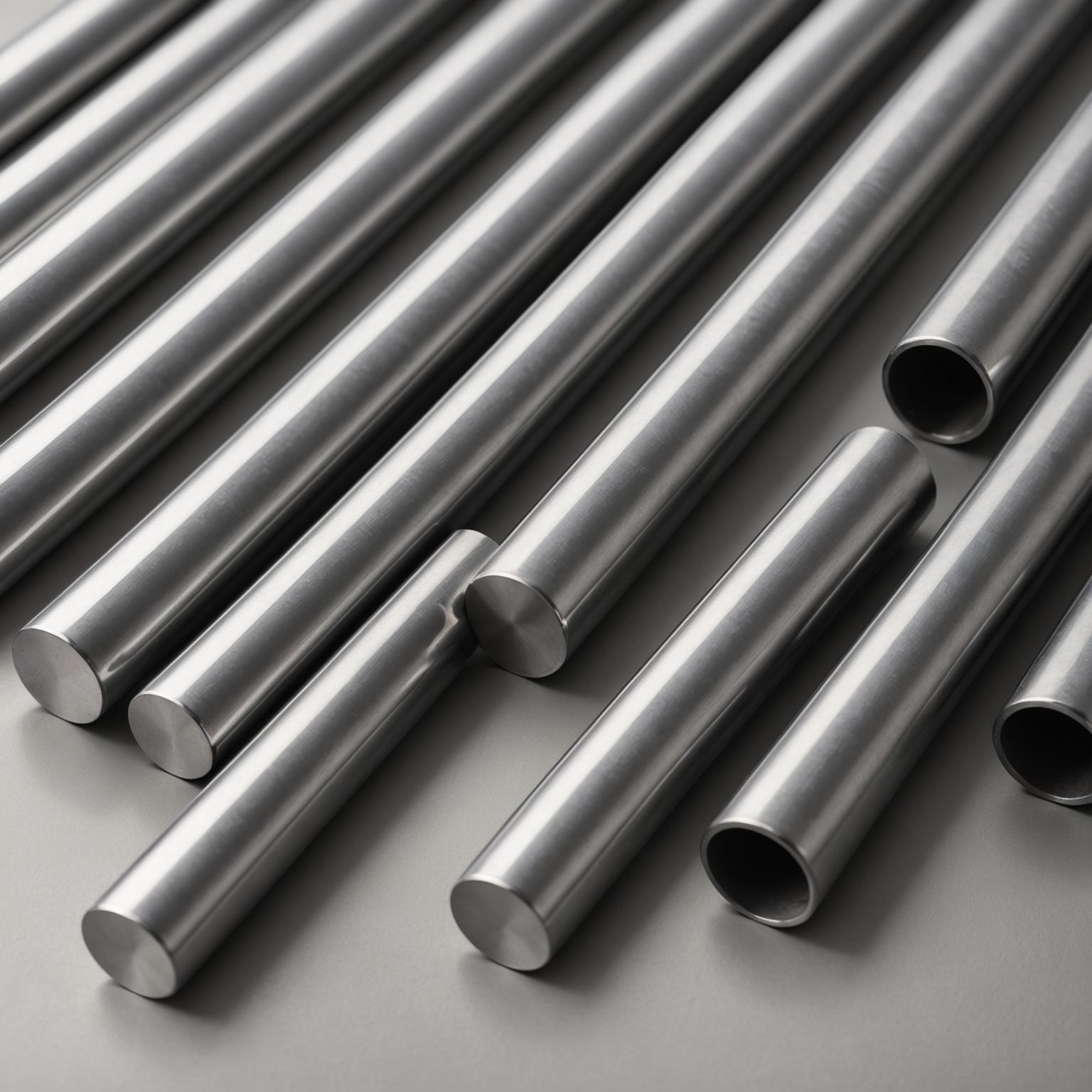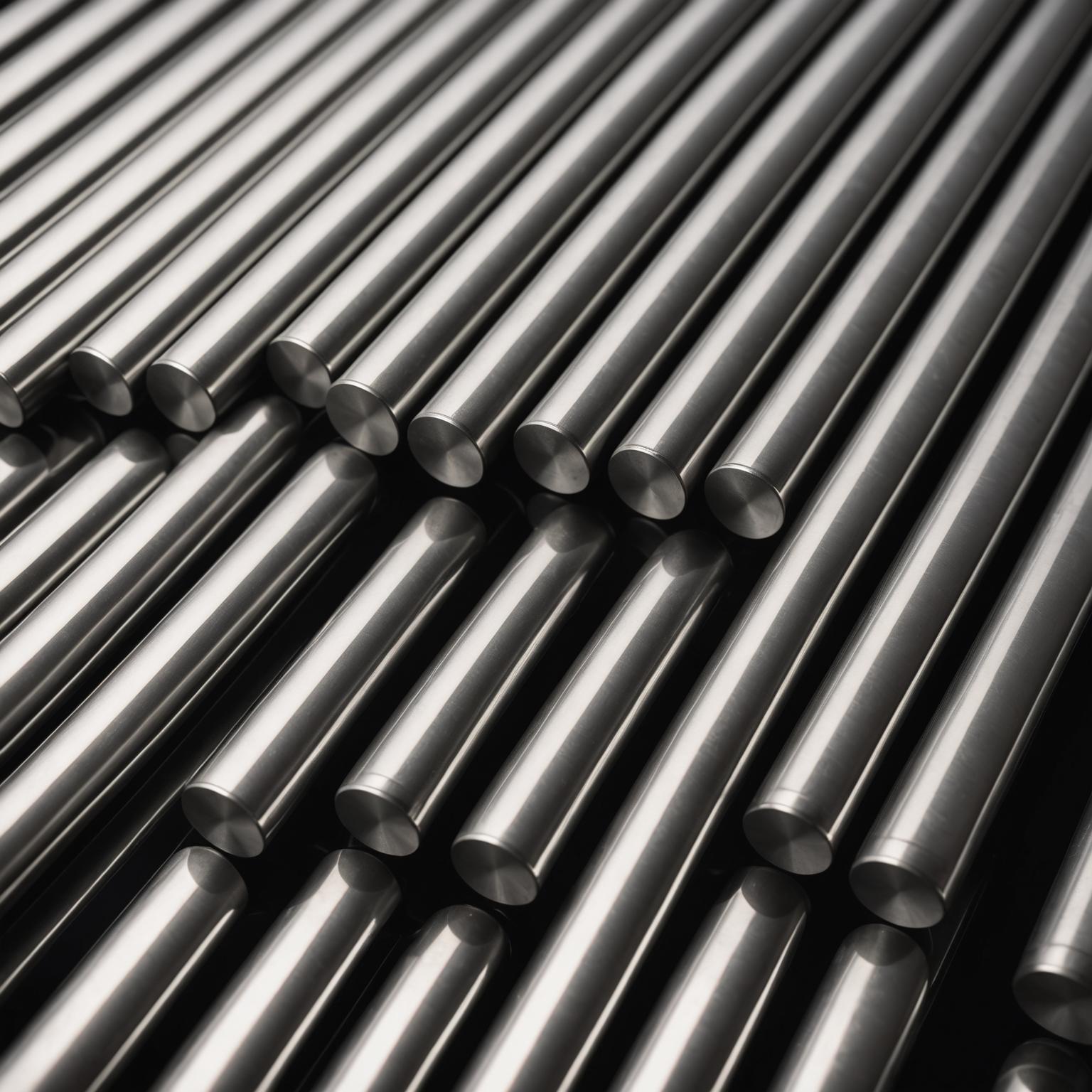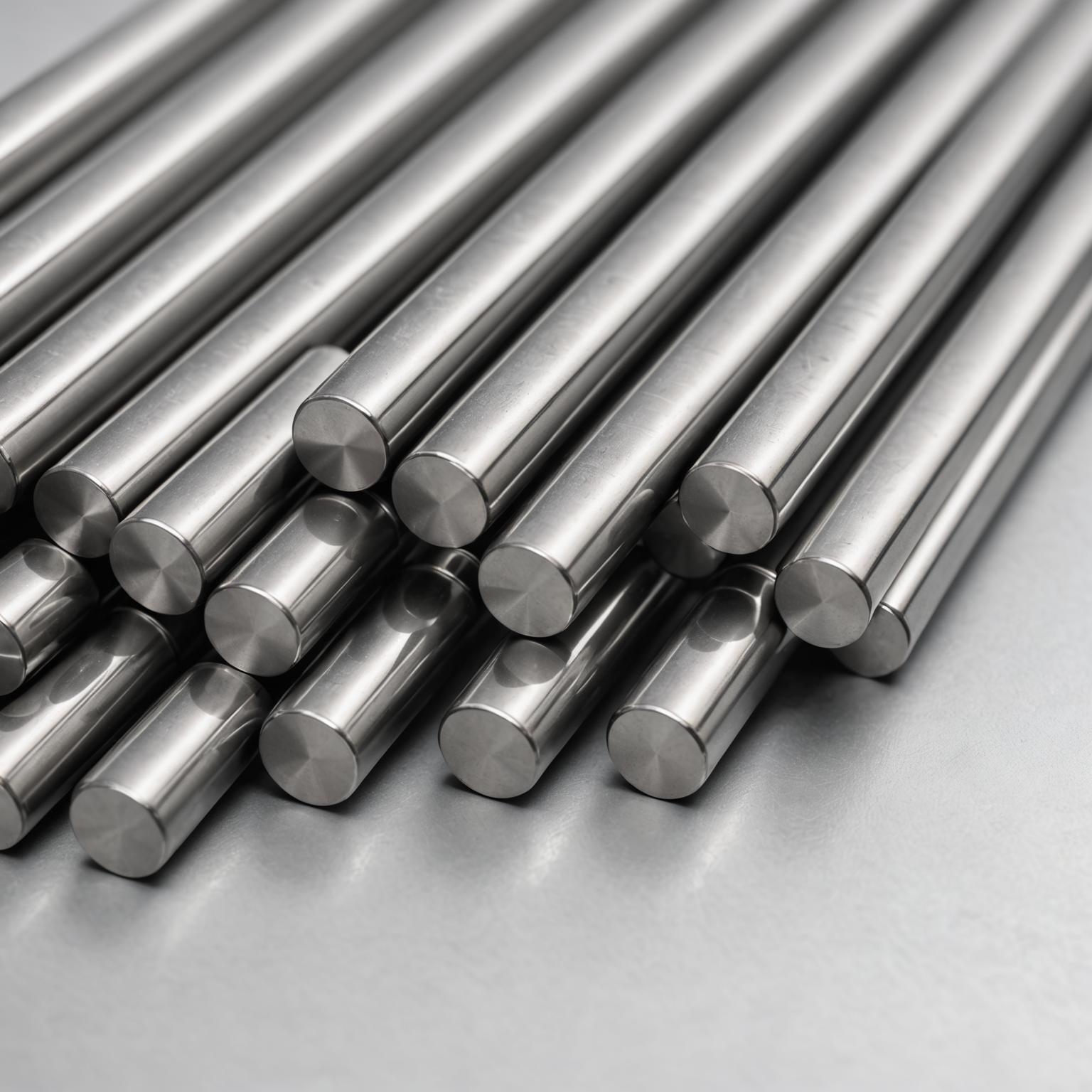When planning a project in construction, engineering, or industrial manufacturing, understanding the fundamentals of material procurement is key to managing budgets and timelines effectively. A common point of confusion for many buyers revolves around a simple but crucial question: Are stainless steel round bars sold by weight or by length? This query is essential because the answer directly impacts how you order materials and calculate costs. The short answer is that they are primarily priced and sold by weight, but the length is a critical specification for ordering. This guide will walk you through the industry standards, the reasoning behind them, and how you can accurately estimate your needs for any project.
Why Stainless Steel Bars Are Primarily Sold by Weight
The standard practice across the metals industry is to sell materials like stainless steel by weight. This method is preferred for several important reasons that ensure fairness and consistency for both the supplier and the customer. First and foremost, weight is the most accurate measure of the actual amount of material you are purchasing. Stainless steel has a known density, meaning a specific volume will always have a specific weight. Pricing by weight ensures you are paying for the exact quantity of steel, eliminating discrepancies that could arise from minor variations in diameter or shape. This is particularly important for premium, high-quality bars where precision is paramount. Whether you need a bar for heavy-duty structural support or for intricate machinery parts, basing the price on weight guarantees a transparent transaction based on the raw material volume.
Understanding the Role of Length in Your Order
Even though the final price is determined by weight, you don't simply order a certain number of pounds of steel. Instead, you place your order based on dimensions: the diameter of the round bar and the required length. Stainless steel bars are typically manufactured and stocked in standard lengths, such as 12, 20, or 24 feet. When you specify the dimensions you need, the supplier uses these figures to calculate the theoretical weight of the bars. This calculation converts your dimensional requirements into a total weight, which then determines the final cost. This process bridges the gap between the practical question of how you use the material (by length) and the commercial question of how it's sold (by weight). It ensures that you receive pieces cut to the precise size needed for your application while being billed fairly for the total material used.
A Practical Guide: How to Calculate the Weight of Your Bar
Knowing how to calculate the weight of a stainless steel round bar is an invaluable skill for project planning and budgeting. You can do this with a straightforward formula that uses the bar's dimensions and the material's density. The basic formula is: Weight = Volume × Density. For a cylindrical bar, this translates to: Weight = (π × (Diameter/2)² × Length) × Density. To use this formula, you need to ensure all your units are consistent. For example, if you measure the diameter and length in inches, you should use the density of stainless steel in pounds per cubic inch (lbs/in³). The density of most common stainless steel grades (like 304 or 316) is approximately 0.285 - 0.29 lbs/in³. Let's say you need a 2-inch diameter bar that is 10 feet (120 inches) long. The calculation would be: (3.14159 × (1 inch)² × 120 inches) × 0.29 lbs/in³ ≈ 109.3 lbs. This simple calculation allows you to estimate your costs accurately before placing an order.
Exceptions to the Rule: When Length is the Focus
While the industry standard is to price by weight, there are some situations where you might encounter pricing that appears to be by length. This is most common in retail settings, like a local hardware store, or when purchasing very small quantities. For convenience, a retailer might sell pre-cut, short sections of stainless steel round bar at a fixed price per foot or per piece. However, it's important to understand that this retail price has still been calculated based on the underlying material weight, with additional markups for cutting, handling, and smaller-scale distribution. Another exception is when ordering fully fabricated or machined components. In such cases, the final price will include not just the material cost but also the labor and processing involved, so it will be quoted per finished part rather than strictly by the weight of the raw material.
Making the Right Purchase: Weight vs. Length Summarized
To summarize the debate of whether stainless steel bars are sold by weight or by length, the answer is a combination of both. The price is fundamentally determined by weight, ensuring you pay for the exact amount of high-quality material. However, your order is placed using specific dimensions, including diameter and length, to meet the practical needs of your project. This dual system provides the best of both worlds: transactional fairness and practical application. By understanding this process, you can confidently budget for and order the precise, durable, and corrosion-resistant stainless steel bars required for your construction, industrial, or architectural endeavor, ensuring your project is built on a foundation of both strength and accurate planning.







